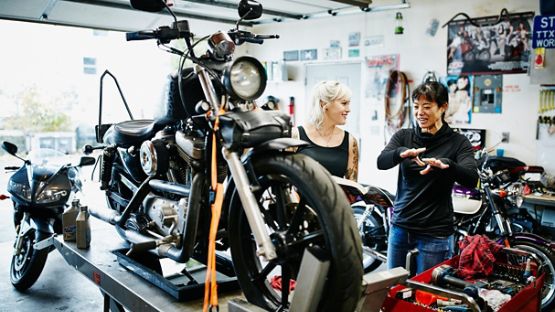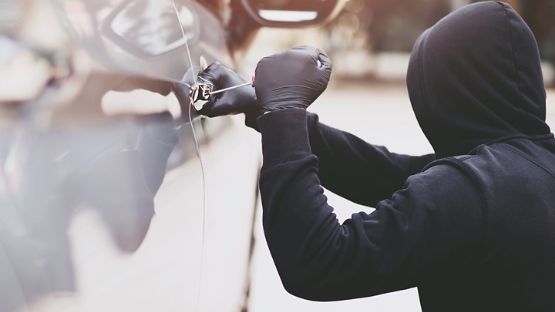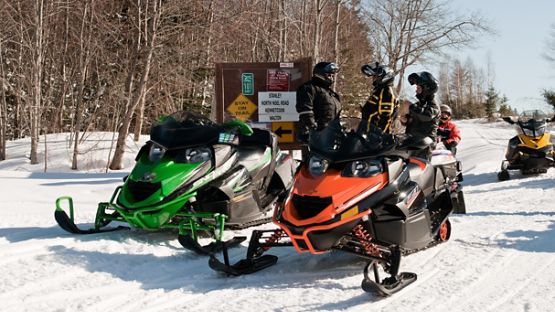WHAT CONDITION IS YOUR VEHICLE IN AFTER (MOSTLY) SITTING FOR MONTHS? HERE ARE SOME MAINTENANCE TIPS TO GET YOU STARTED BEFORE HEADING BACK OUT ON THE ROAD
If you’re like many Canadians, you spent the latter half of the winter and all of spring primarily parked at home.
With non-essential travel restricted to help flatten the curve of the COVID-19 outbreak, you may have found yourself learning new ways to work remotely. Juggling full-time work with caring for your kids. Reaching out to family and friends on Zoom to combat the loneliness of isolating on your own. Helping with homework and worrying about an aging parent.
Our home lives may have varied from household to household, but Canadians remained united to do our part to contain the pandemic.
Now that restrictions are easing, we have more freedom to resume errands and enjoyments like non-emergency medical appointments, haircuts, socially distanced gatherings with small groups and even restaurant meals on the patio. Some people are even planning fun road trips throughout Canada.
If you’re planning to travel by car—close to home or between provinces—this summer, consider taking your vehicle in for a service check. Your local mechanic will be able to tell you if your car is any worse for wear after sitting out for most of a season.
Here are a couple of areas you’ll want to consider, as referenced on cars.com and caradvice.com:
Tires
Cold weather was still raging back in March when stay-at-home orders were enacted, which means many vehicles are still wearing their winter tires. If you haven’t already, it’s time to switch back to summer tires.
Brett Delaney, owner-manager of an OK Tire in Langley, BC, told CityNews 1130, that failing to switch tires before the heat of summer hits may reduce their lifespan. “As of right now [June 12, 2020], it’s not detrimental to the tire as the pavement hasn’t been super, super hot as what it is in the middle of July, August, and some of September.”
He noted that winter tires wear faster in warmer weather. Wearing down specialized compounds and tread designs designed for colder temperatures can reduce their effectiveness when you really need them next winter.
Fluids and wiring
If you took your car out from time to time over the last few months, liquids like oil, transmission and brake fluids and coolants are probably okay. However, if it’s been awhile or if your car has been sitting still for a long time, it’s a good idea to have a mechanic check them over.
Before you take your car out for the first drive after a long while, pop the hood and look around. Even if you don’t know what an engine is supposed to look like, you should be able to tell if any wiring is frayed or nibbled from rodents—they like to nest in stationary cars during the winter. Check the engine, exhaust pipe and upholstery for any nests or other signs of invasion, as cautioned in this New York Times article.













